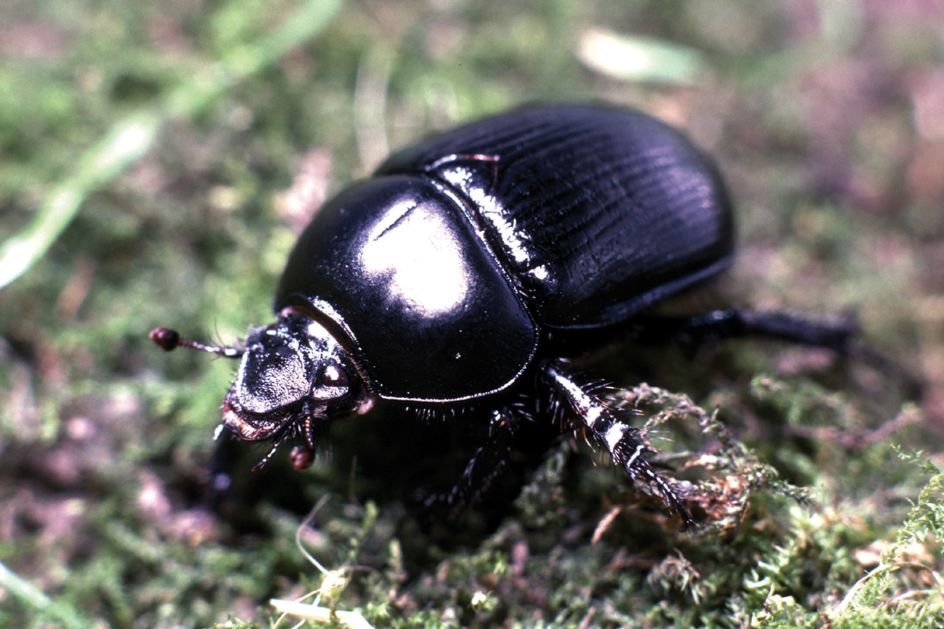According to the Federal Agency for the Protection of Nature (BfN), more than a quarter of Germany’s 6,750 newly assessed insect species are endangered.
Overall, about 26.2 percent of the species examined were screened for the third and final size of the Red List of Invertebrates, according to BfN Wednesday in Bonn. Among the species now evaluated, beetles have the largest share with more than 5,600 species. BfN explained that the stocks of a few insect species had increased. However, it is clear that the decline in many species predominates. In the case of water-related species in particular, the proportion of endangered species remains high.
BfN: The negative trend continues
“The new red list confirms the negative trend that emerged in the first two volumes,” said Sabine Reuenheim, president of BfN. A total of more than 15,000 species of invertebrates, including 14,000 species of insects, were examined in the three volumes. Of these, more than 4,600 species are threatened with extinction. “This means: 29.6 percent were classified as ‘critically endangered’, ‘at risk’, ‘at risk’ or ‘unknown risk’,” the head of the Federal Office said.
According to BfN, the proportion of endangered species in the new size is particularly high for stone flies (46.4 percent) and mayfly (40.5 percent). Species of these groups prefer near-shore bodies of water and beach areas. Although water quality has improved over the past 25 years, many stocks have not yet fully recovered. “The high proportion of endangered species among aquatic insects shows an urgent need for action,” said the BfN chief. Dragonflies, stone flies and little flies need better protection in their habitats.
Beetle groups that include a particularly large number of endangered species include leaf beetles, weevils and scarab beetles, which also include stag beetles. Many species of beetles are associated with specific biotopes. Changes in use and habitat loss are primarily responsible for the degradation.
For example, there was a significant population decline in the horse dung beetle Geotrupes stercorarius. It used to be one of the most common species of dung beetle in Germany. The beetle is now highly endangered in Germany, and the extreme decline in this species has yet to be explained, according to BfN. The decline in the rare soft insect species Phytocoris hirsutulus is mainly due to aging and loss of meadow orchards.
Red Lists describe the endangerment of different species of animals, plants and fungi, and thus are a kind of biodiversity inventory. It is published by BfN approximately every ten years. 130 volunteer experts worked on the new volume. This is followed by an assessment of all “red lists” published since 2009. (dpa)

“Alcohol buff. Troublemaker. Introvert. Student. Social media lover. Web ninja. Bacon fan. Reader.”







More Stories
Mission ‘Sunrise III’: Recovering Data Storage in Canada – Science
Ecologists Celebrate New Xesap National Park in Laos | Science
Is the wrong diet making you forget?